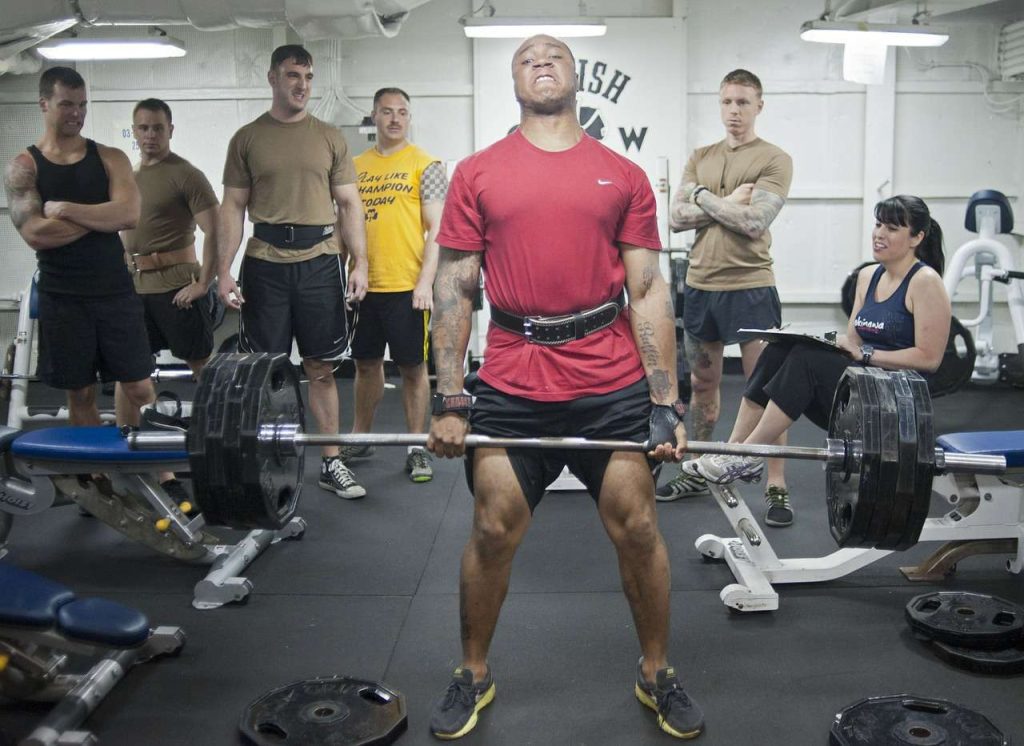Isometric exercises involve forceful contraction of a muscle without varying its length or position. Examples include planks, which involve firing the abdominal muscles and squeezing your glutes and quads. Instead of moving your arms and legs, you hold the same position. This is the isometric phase of the exercise. The next phase is called the hyperbolic phase. This occurs after the muscle has lengthened.
Isometric exercises involve holding a stationary position while contracting the targeted muscle group. Because there is no joint movement, they are extremely taxing on the body. They are also not recommended for those with limited space or if you’re recovering from an injury. To maximize the benefits of isometric exercises, make sure you practice them correctly. They should last at least 10 seconds. And don’t hold on to one position for too long!
One of the key differences between isometric and other types of workouts is that isometric exercises involve holding a fixed position for as long as possible. This allows you to focus solely on the muscles involved in the movement. Isometric exercises can also be beneficial for those with specific needs. As a result, they can be a valuable part of your exercise routine. When performed correctly, they can lead to increased strength and stability.
Isometric exercises have many benefits. These include strengthening the hips and legs while increasing your balance and flexibility. They can also help you overcome depression and anxiety. If you want to get the most out of your workouts, isometric exercises can help you develop body awareness. You can use them to train your entire body to move better. You can improve your posture and strengthen your entire body by training each part of a movement.
Isometric exercises help your body function more efficiently, and a better core can lead to fewer injuries. A good core is vital for running and may prevent knee pain. In addition, isometric exercises can also increase your endurance. If you do them frequently, you can expect to see results within a matter of days. But do not try them unless you’re sure you’ll continue to do them for the rest of your life.
Isometric exercises are designed to strengthen your legs and hips. They are a great option for people with joint and balance problems. They are a great way to build strength and improve balance. And if you’re looking for a new fitness regime, isometric exercises can help you stay fit and stay motivated. They will also give you a sense of accomplishment. And they will make you feel better, which is always a bonus!
Isometric exercises target all the major muscle groups in your body, from your hips to your legs. They are a great way to work on your core and improve your overall body’s stability. The goal is to train every muscle in your body, but you should not use too much force. It will be better to do this regularly with a good exercise routine that will allow you to get the results you want.
Isometric exercises are a great way to improve the performance of your lower body. Runners can use them to prevent injuries and build more stable and strong core. But isometric exercises aren’t just for athletes! You can do them at home and use them to boost your strength or get in shape! And they’re perfect for anyone who wants to strengthen their core! And, they’re great for building up our overall health.
Isometric exercises are the best way to build your core strength and stability. They can target all major muscle groups in the body. The goal of isometric exercises is to exert force on a particular muscle. If you want to build more stability and strength, you need to do this exercise regularly. You can do this in front of a wall or do it against yourself. The only difference between isometric and other exercises is that you must focus on a certain area of your body to achieve the desired effect.
Isometric exercises are an excellent way to build your strength and stability in a particular position. They are easy to do anywhere and don’t require expensive equipment. You can even do them while sitting in your office chair. They don’t have to be intense! It’s the perfect way to build strength and stamina. If you’re not comfortable with intense physical activity, you can always perform isometric exercises while working.
















